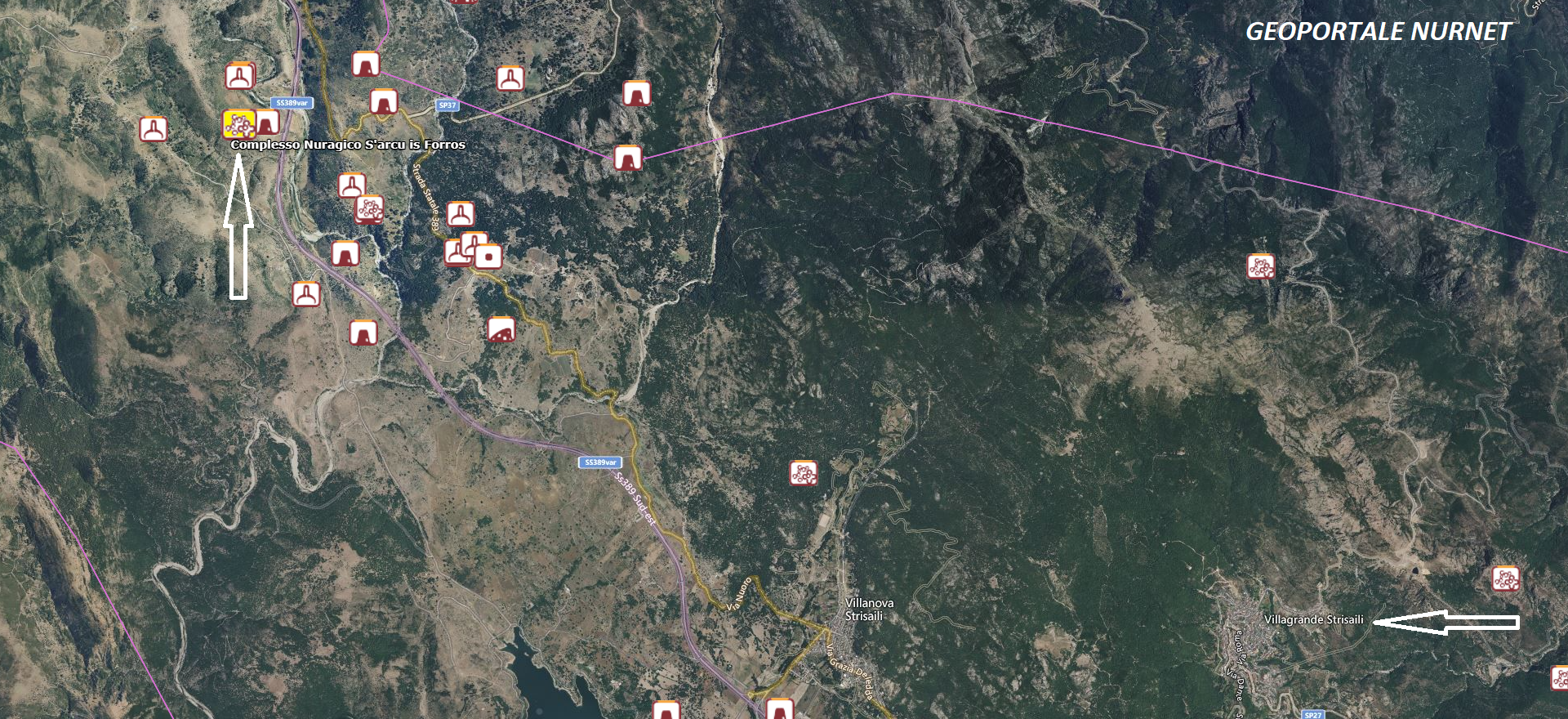“Other nuragic religious buildings, less widespread than wells and springs yet present in various parts of the Island, are the so-called ‘temple in antis’ or ‘temple a megaron’, consisting of a rectangular structure, sometimes divided internally into different rooms and characterized by the extension of the side walls at the front and sometimes also at the back. The temples could be isolated or also appear in association with other types of worship buildings (wells and springs, but not only); a singular case is that of the sanctuary of Romanzesu in Bitti-Nu, where on the same site we have, in addition to a particular sacred spring attached to a sort of small amphitheater (omitted), three or four ‘temples in antis’. In the village of Serra Orrios, in Dorgali-Nu, two temples (omitted) constituted the aggregating element of a vast and complex settlement. In some cases, even if there is no association with the sacred spring, a ritual linked to the cult of waters is nonetheless attested: in that case, the liquid was contained in vases buried below the floor level (S’Arcu de is Forros, Villagrande Strisaili-Nu)…” (Paolo Melis “Civiltà Nuragica” – Delfino Editore 2010).
The photos of the nuragic sanctuary of Romanzesu in Bitti are by Marco Secchi. Those of Serra Orrios in Dorgali are by Andrea Mura-Nuragando Sardegna, Nicola Castangia, and Marco Cocco. Those of the nuragic complex S’Arcu ‘e is Forros, in Villagrande Strisaili, are by Valentino Selis, Bibi Pinna, and Andrea Mura-Nuragando Sardegna. The graphic restitution of the floor plans of the ‘temples a megaron’ is taken from the cited publication.















